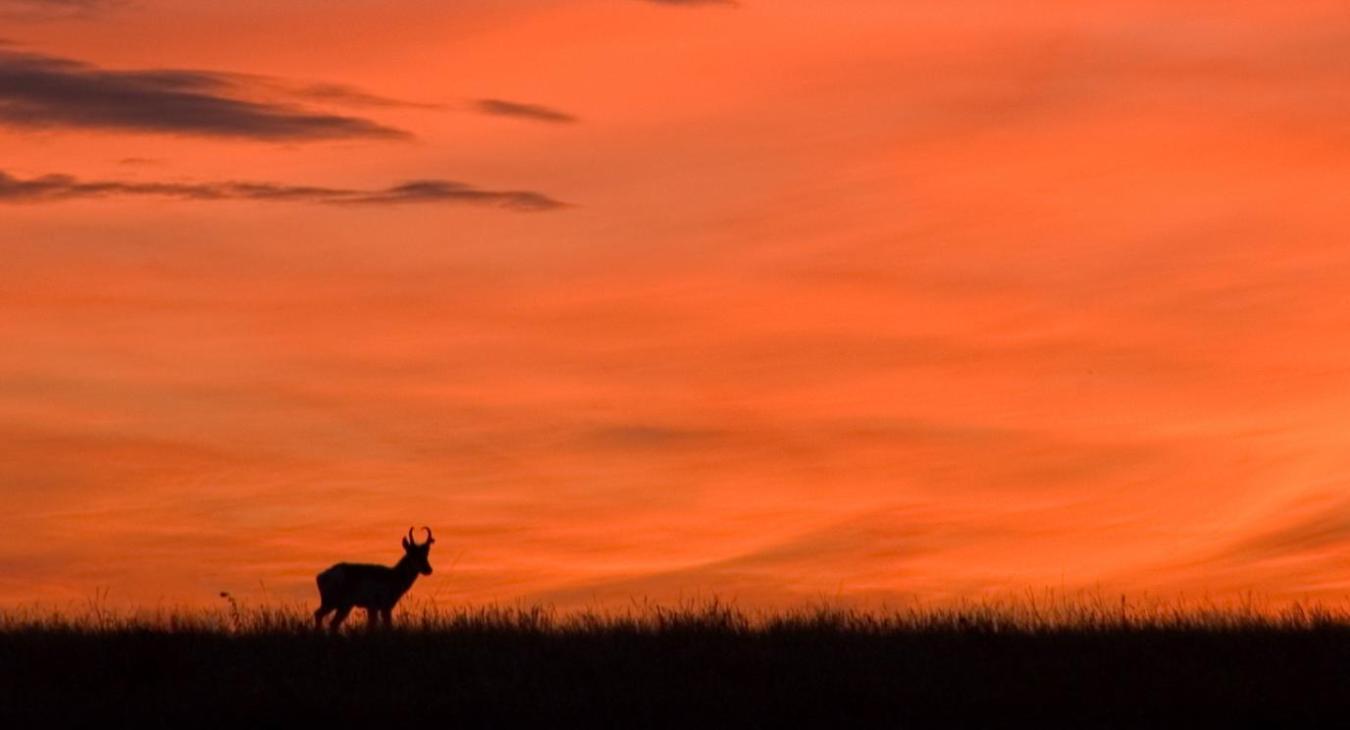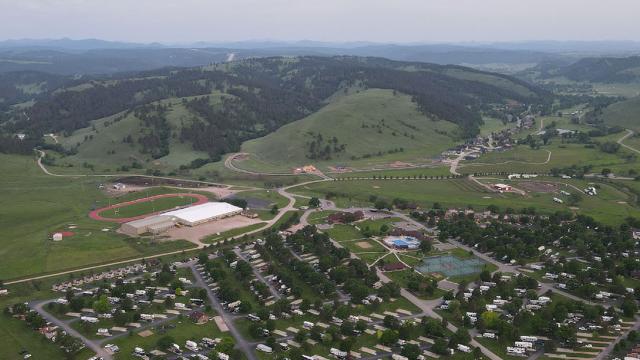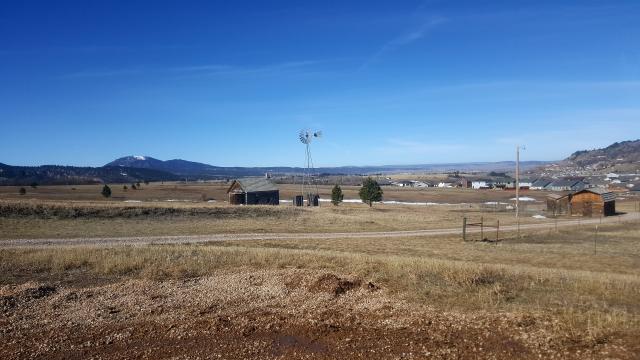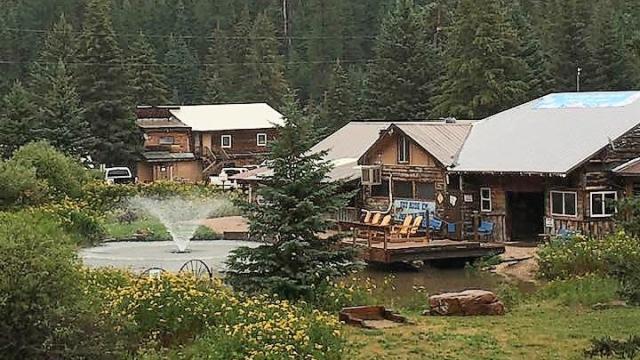The Grand River National Grassland is comprised of 155,000 acres and is located in northwestern South Dakota near the state border with North Dakota. The Grassland is characterized by rolling hills, river breaks and some badland-type areas, dominated by mixed grass prairie. The north and south forks of the Grand River dissect the land unit, drain into Shadehill Reservoir and then flow easterly to the Missouri River.
The Grand River Grassland is also rich in cultural heritage. In the past it served as a hunting ground for the nomadic Plains Indian tribes. Tipi rings and remnants of campfires are scattered across the prairie. The early trappers such as Jim Bridger and Hugh Glass visited this area. General Custer and his troops traveled through the area on their expeditions to the Black Hills. In the early 1900s, the area was settled by European immigrants under the Homestead Act. In the 1930s a severe drought along with high winds turned the area into a “Dust Bowl.” This time was known as the Great Depression and many of the settlers experienced great financial hardships. Under the Agricultural Adjustment Act, the government purchased failed homesteads in order to minimize the economic hardships. These purchased lands were consolidated and rehabilitated and the administration was transferred to the Forest Service and formally designated the Grand River National Grassland in 1960.
The National Grasslands are managed for multiple use and cattle grazing is a significant activity. Livestock grazing contributes to maintaining the local rural economy and helps maintain economically viable ranching operations for over 115 ranches.







